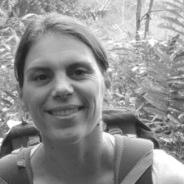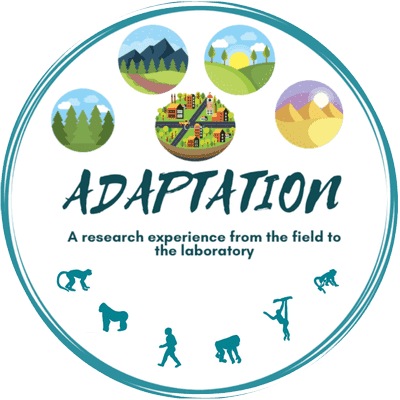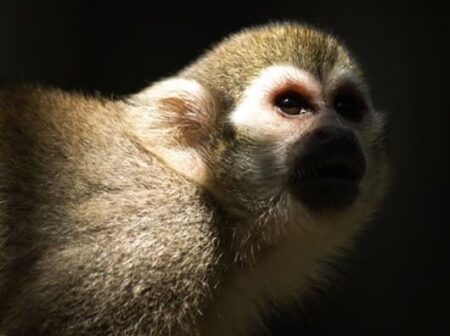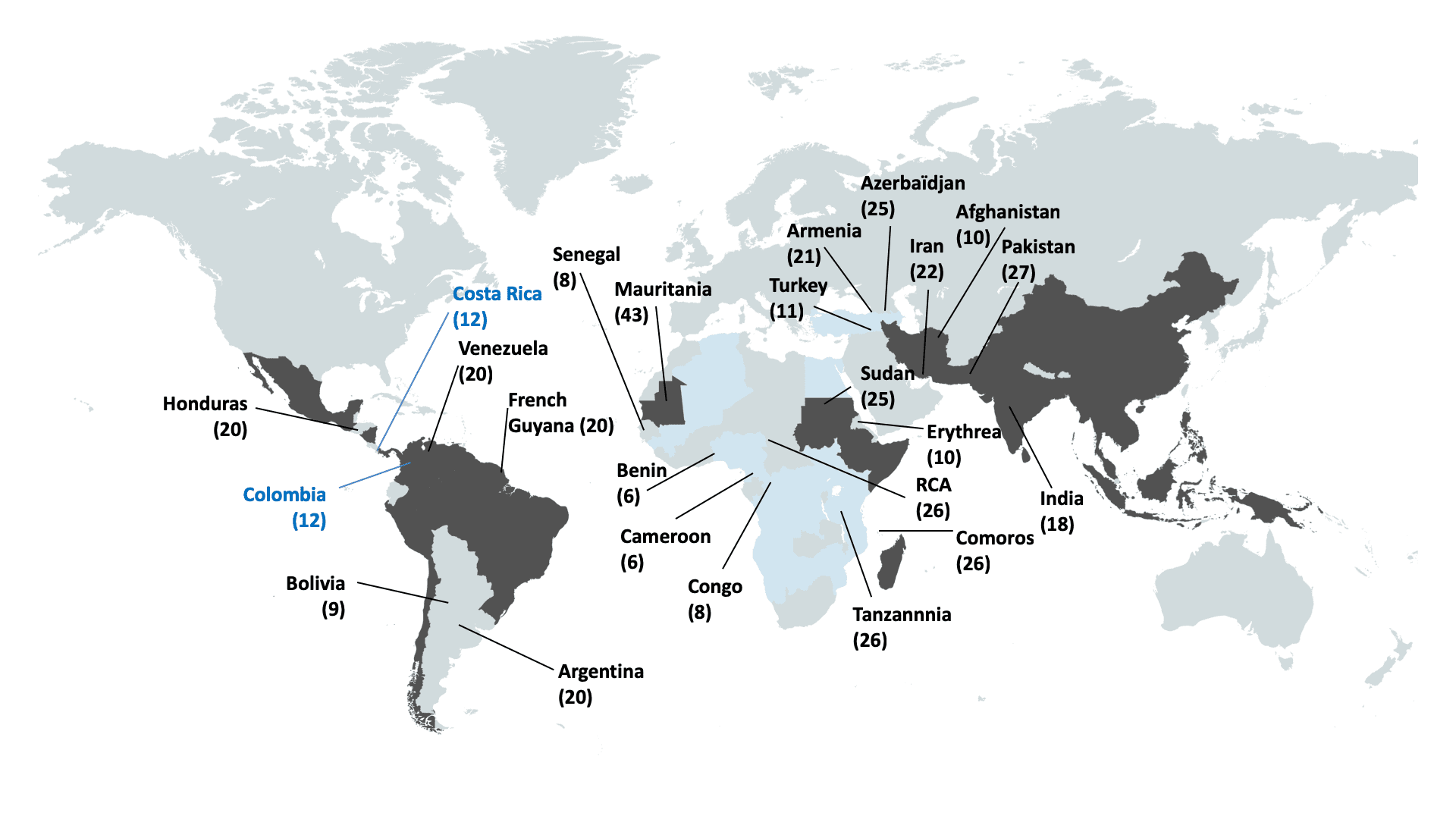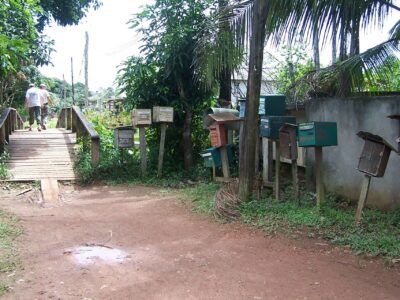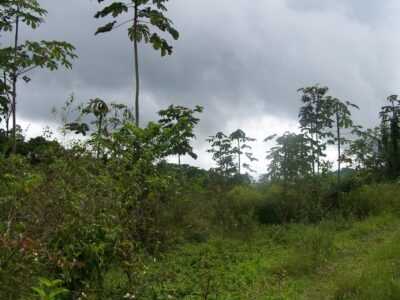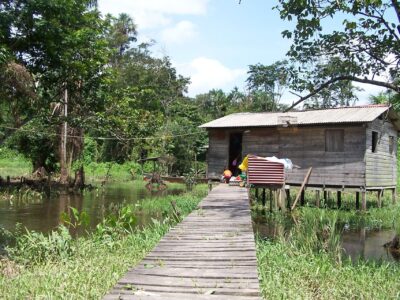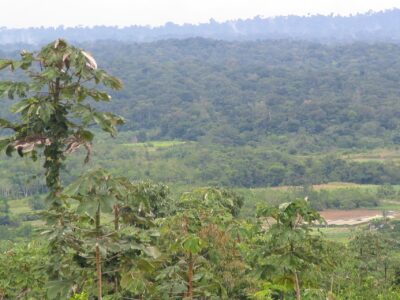research evolution adaptation origin pathogens malaria plasmodium parasites Plasmodium vivax
malaria-like symptoms associated with a natural plasmodium reichenowi infection in a chimpanzee
Whatever its origin, P. vivax is now present in almost all tropical and inter-tropical regions
Current Projects
Recent News
Contact
- REHABS International Research Lab South Afrrica
- rougeron.virginie@gmail.com
- 06 46 64 23 18
More information about the project
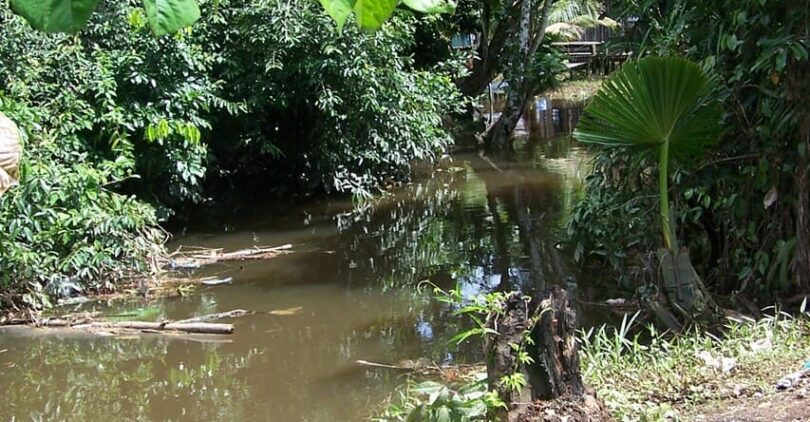
@ V. Rougeron
Abstract
Plasmodium vivax, a malaria agent characterised by a succession of colonisation events, is an interesting model for studying how pathogens adapt to new environments. Whatever its origin, P. vivax is now present in almost all tropical and inter-tropical regions that it colonized more or less recently following human’s migrations. In the Americas, two main events colonization events occurred: (i) the first one when P. vivax arrived and infected new human populations (Amerindian and/or European populations) and new local vector species and (ii) the second one with the more recent transfer of P. vivax from humans to American monkeys, which gave rise to a new species genetically very close to P. vivax, named Plasmodium simium. During these colonisation events, P. vivax got exposed to new conditions in different vector species, in distinctive human populations and in different American monkey species. All these conditions likely exerted selective pressures on its genome to which it had to adapt by evolving towards new phenotypes and thus new genotypes.
In this context, the general questions of this project are: how and when did P. vivax genetically adapt to these new environments in the Americas: in humans and in American monkeys (P. simium)? Which genes were involved in its adaptation to these different environments? The first two objectives will be to study the origin of P. vivax in humans and in American monkeys (P. simium). The third objective will be to identify the mechanisms of adaptation of this parasite in these different environments (humans and different species of small monkeys). This project will increase our knowledge of how P. vivax has adapted to emerge in human populations.
Funding
ANR JCJC GENAD project ’Genetic adaptation of parasites to new environments: Plasmodium vivax in Americas’; Principal Investigator : Virginie Rougeron (316,843€ ; 48 months ; February 2021 – January 2025 ; https://anr.fr/Projet-ANR-20-CE35-0003).
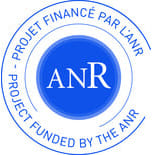
Partners
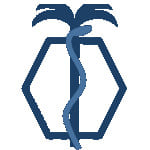
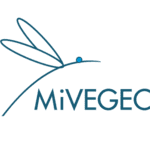
Studied sampling distribution
Figure legend: Map of P. vivax (in black) and P. simium (in blue) samples that will be full-genome sequenced in the GENAD project. @ V. Rougeron
Main publications
Portfolio
Villages of Cacao and Saint Georges in French Guyana @V.Rougeron
Collaborators involved
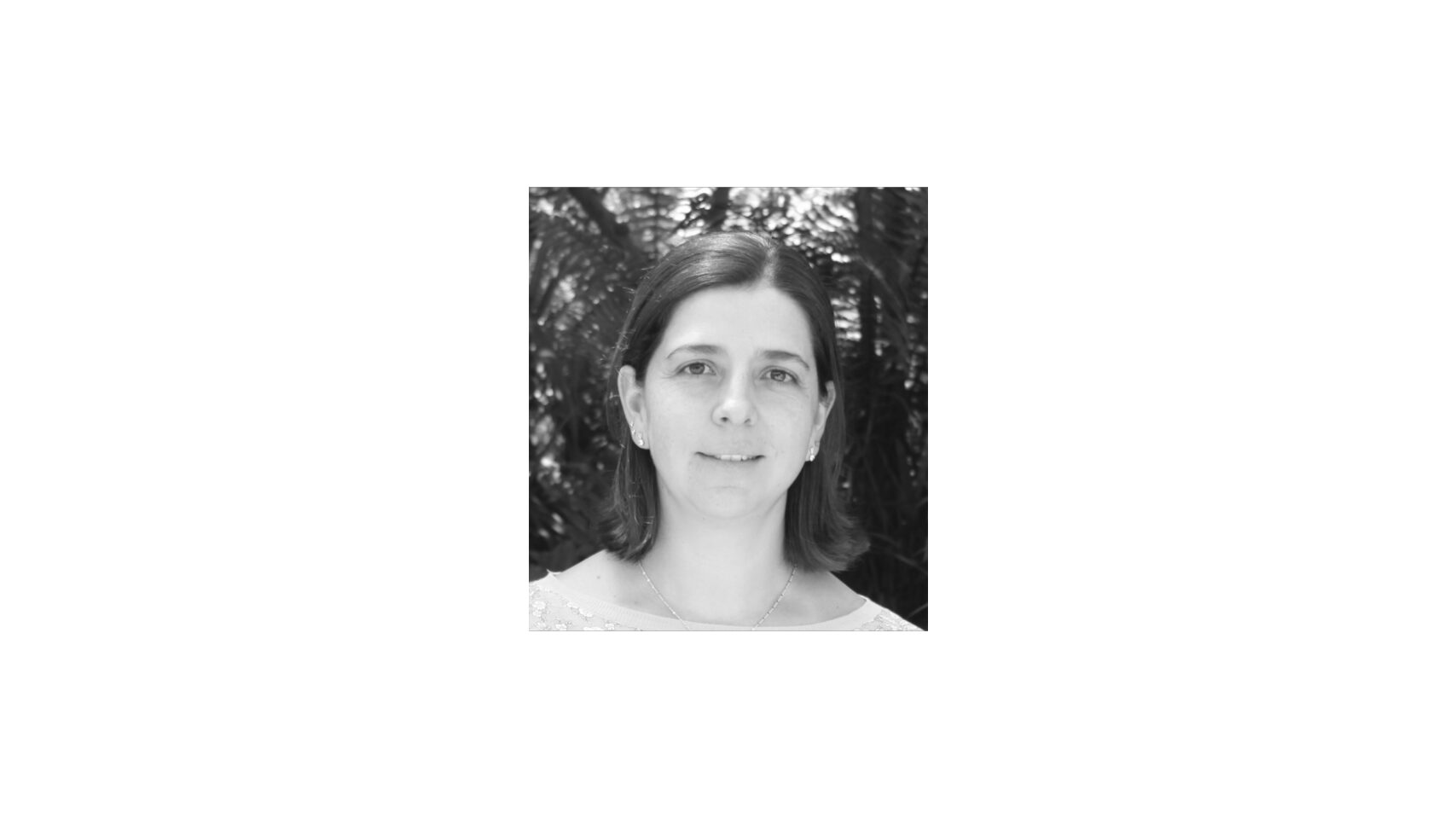
Camila Gonzales ROSAS
Camila Gonzales ROSAS
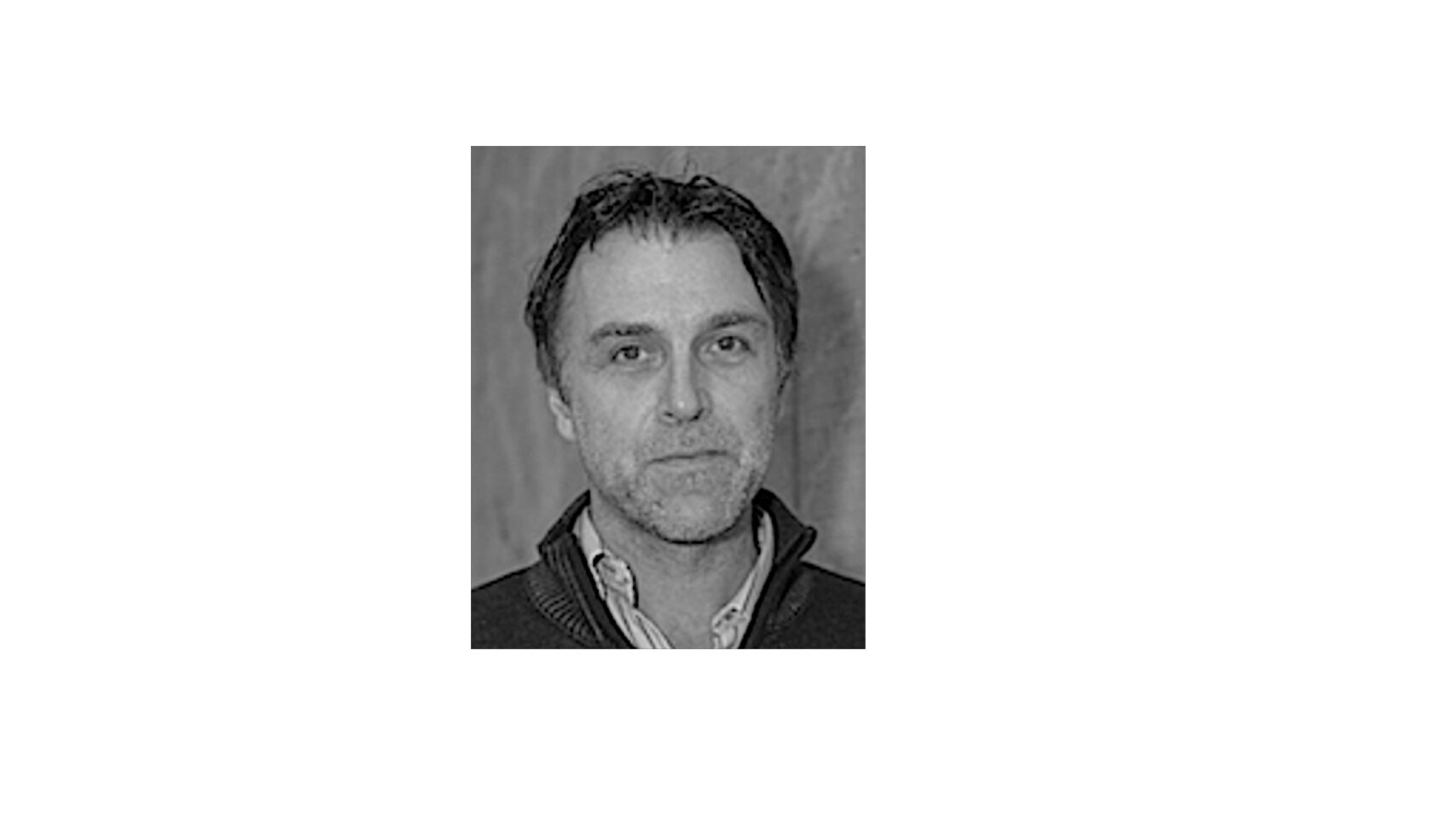
Antoine BERRY
Antoine BERRY
Sandrine HOUZE
Sandrine HOUZE
Julia DANTUR
Julia DANTUR
Oscar NOYA-ALARCON
Oscar NOYA-ALARCON
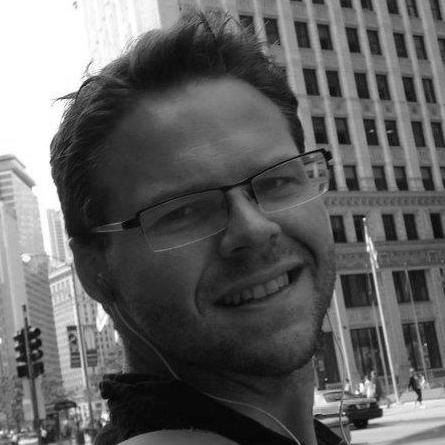
Michael FONTAINE
Michael FONTAINE
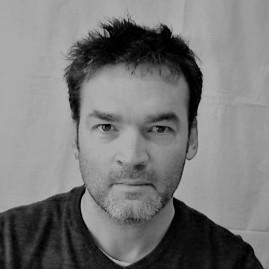
Franck PRUGNOLLE
Franck PRUGNOLLE
